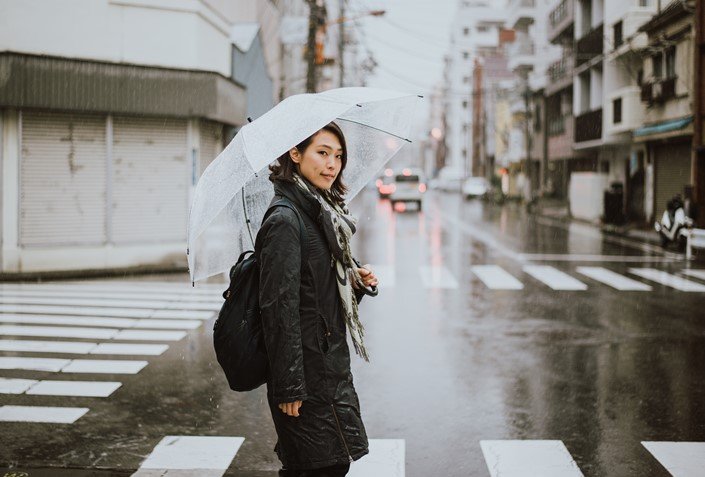
The Beginning Of The Rainy Season
Summer is at hand. The period from the middle of May to tsuyu-iri, or the beginning of the rainy season, is called shoka (early summer). Sodo, an Edo-period poet, wrote a poem that captures the essence of this season, which goes like this: 目には青葉 山ほととぎす 初鰹 (I see a view of greenery, a wild cuckoo and the first bonito of the season). It depicts how when the leaves of trees begin to grow thick, the first bonito of the season that arrive on the warm Kuroshio current are caught in batches in the Kamakura and Odawara areas and prized by the people of Edo. Still today, bonito are caught in Tokyo Bay.
The period from mid-June to mid-July is called tsuyu, designating when the entire Japanese archipelago, excluding Hokkaido and a part of Tohoku, is visited by rainfall for days on end. Humidity soars and brings sultry weather, mold and bacteria proliferate and spoil foods, and food poisoning becomes a frequent concern. Tsuyu-zora, or the cloudy skies of the rainy season, bring high discomfort and dreary days.
At times, the continuous rain also causes natural disasters in the form of swollen rivers and landslides. However, tsuyu is indispensable to our lives, as abundant rainfall is pooled in dams during the rainy season to provide drinking water during the hot and dry summer months, and it also supplies the water that is needed for rice-planting, which begins during this season